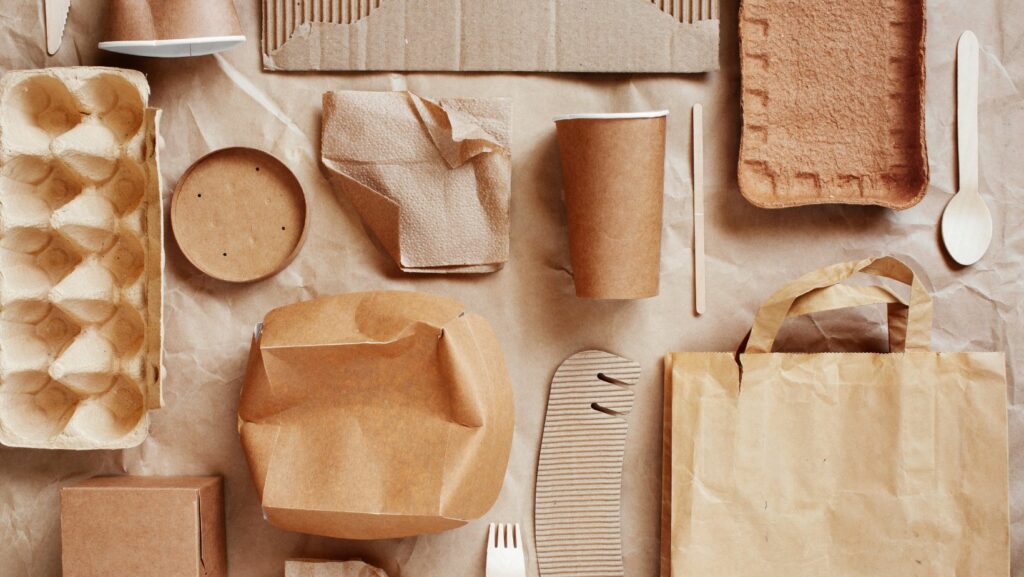In a world increasingly conscious of its environmental footprint, sustainable package design has become more than just a trend—it’s a necessity. Companies are rethinking their packaging strategies to minimize waste and reduce their carbon footprint, all while maintaining product integrity and consumer appeal. Sustainable packaging isn’t just about using recyclable materials; it’s about creating a holistic approach that considers the entire lifecycle of the package.
Consumers today demand more from the brands they support, expecting them to take actionable steps toward sustainability. This shift in consumer behavior has pushed businesses to innovate and adopt eco-friendly packaging solutions. From biodegradable materials to reusable containers, sustainable package design is paving the way for a greener future.
Sustainable Package Design
Sustainable package design aims to minimize environmental impact throughout the package’s lifecycle. It incorporates eco-friendly materials, energy-efficient manufacturing processes, and waste reduction strategies. Key principles include using renewable resources, reducing material usage, and designing for recyclability.

Packaging materials play a significant role in sustainability. Biodegradable materials, for example, break down naturally, reducing landfill waste. Recycled content materials reduce the demand for virgin resources. Companies like Ecovative design packaging from mushroom roots, which is fully compostable.Life cycle assessment evaluates a package’s environmental impact from production to disposal. This analysis helps identify areas where improvements can be made. For example, lightweight packaging reduces transport emissions, and reusable packaging extends product life.
Innovative designs enhance sustainability. Some companies use modular packaging, which allows parts to be reused rather than discarded. Additionally, minimalistic designs reduce excess material usage, while still protecting the product.Consumer engagement is crucial for sustainable package design. Clear labeling on how to dispose of or recycle packaging helps guide eco-conscious behavior. Brands like Loop provide reusable packaging options, encouraging customers to return empty containers for refills.
Benefits Of Sustainable Package Design

Sustainable package design offers numerous advantages, ranging from environmental preservation to economic and consumer benefits. Companies adopting these practices can achieve significant strides toward a greener future.
Sustainable packaging reduces waste in landfills by using biodegradable, compostable, and recyclable materials. Packaging options such as biodegradable plastics, plant-based wrappers, and paper alternatives prevent harmful pollutants from entering ecosystems. Reduced material usage in design also cuts down resource extraction, minimizing environmental degradation. Using renewable resources like bamboo or cornstarch further decreases reliance on non-renewable sources.
Economic Advantages
Businesses experience cost savings through sustainable packaging by reducing material and production costs. Lightweight materials, for example, lower shipping expenses due to fewer loads. Companies may see increased efficiency and waste reduction in production processes through optimized package designs. Additionally, complying with environmental regulations reduces the risk of fines and penalties.
Consumer Perception
Consumers increasingly favor brands committed to sustainability, often leading to higher brand loyalty and preference. Clear labeling and transparent packaging practices enable eco-conscious consumers to make informed choices. Brands like Patagonia and Method have successfully enhanced consumer trust and expanded their market share by emphasizing sustainable packaging. Engaging consumers through sustainable packaging can also enhance brand image and encourage repeat purchases.
Key Principles Of Sustainable Package Design
Sustainable package design combines environmental responsibility with practical functionality. These key principles guide the creation of eco-friendly packaging solutions.
Using sustainable materials is crucial for eco-friendly packaging. Renewable resources, like bamboo and cornstarch, help reduce reliance on non-renewable sources. Biodegradable materials, which break down naturally, minimize long-term environmental impact. Recycled-content materials lower the need for virgin resources, contributing to a circular economy. For example, companies like Ecovative use mushroom roots to create compostable packaging, demonstrating innovative sustainable material use.
Minimalism And Efficiency
Reducing material usage without compromising functionality is central to sustainable design. Lightweight packaging decreases transport emissions, making the entire supply chain greener. Modular and minimalistic designs reduce excess material and allow for easier reuse. By optimizing the amount of material used, businesses lower production costs while enhancing sustainability. Combating over-packaging achieves both environmental and economic benefits, with efficient designs playing a critical role.


